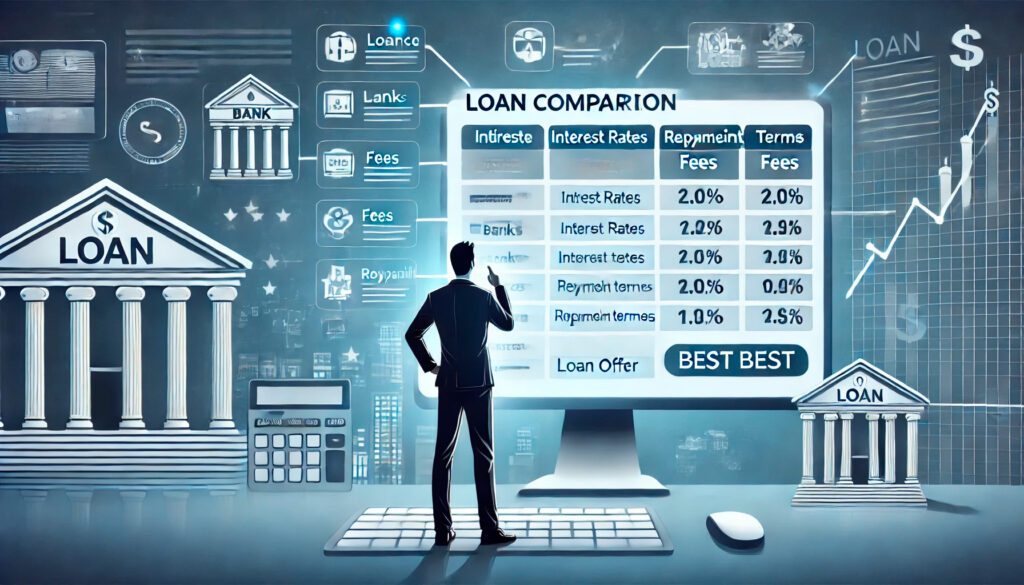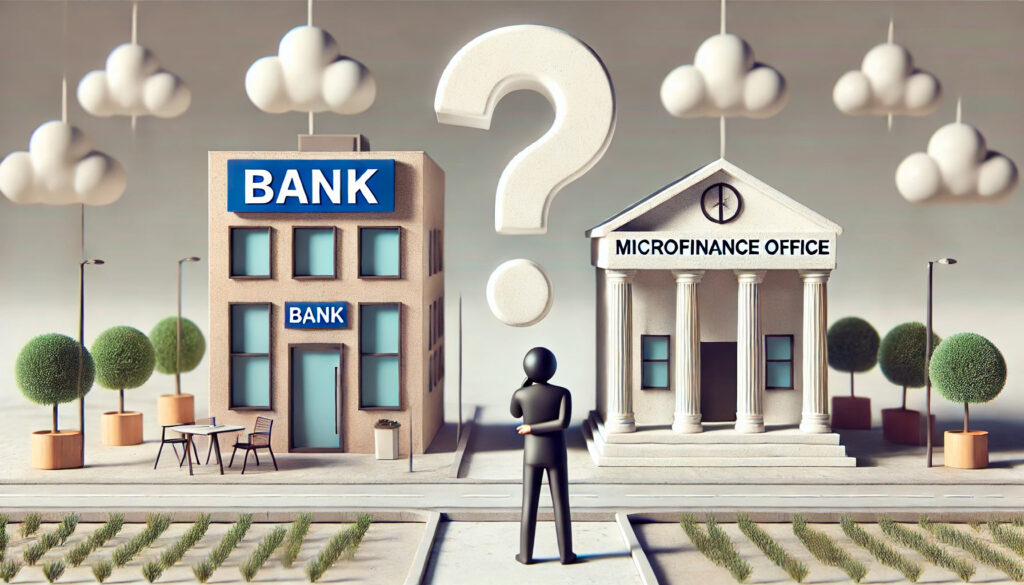In the ever-evolving world of finance, the idea of securing a loan without proof of income or a guarantor might seem like a Herculean task. Yet, for many individuals—freelancers, entrepreneurs, or those with unconventional income streams—this is not just a possibility but a necessity. Traditional lenders often demand pay stubs, tax returns, or a guarantor to vouch for your financial reliability. But what happens when you don’t fit into this conventional mold? The answer lies in exploring alternative pathways, each with its own set of advantages and challenges. Let’s delve into the intricacies of how to get a loan without proof of income or a guarantor, weighing the pros and cons along the way.
Understanding the Challenge
To begin, it’s important to understand why lenders typically require proof of income or a guarantor. Proof of income serves as evidence that you have a steady cash flow to repay the loan, while a guarantor acts as a safety net for the lender in case you default. Without these, lenders perceive a higher risk, which often leads to stricter terms or outright rejection. However, the financial landscape is not monolithic, and there are ways to navigate this challenge.
Alternative Pathways to Consider
One of the most straightforward alternatives is a secured loan. Here, you offer collateral—such as a car, property, or other valuable assets—to back the loan. Since the lender has something to fall back on, they may be more willing to overlook the lack of proof of income or a guarantor. However, the risk here is significant: if you fail to repay the loan, you could lose your collateral. This option is best suited for those who have valuable assets and are confident in their ability to repay the loan.
Another option is peer-to-peer (P2P) lending. P2P platforms connect borrowers directly with individual investors, bypassing traditional financial institutions. These platforms often have more flexible criteria, and some may not require proof of income or a guarantor. However, the interest rates can be higher, and the application process may involve a thorough review of your financial history and credit score.
Credit unions also present a viable alternative. These member-owned institutions are often more lenient than banks and may offer loans based on your relationship with the union rather than strict income verification. However, you typically need to be a member to apply, and the loan amounts may be limited. Credit unions are known for their community-focused approach, which can work in your favor if you have a strong relationship with the institution.

The Pros of Securing a Loan Without Proof of Income or a Guarantor
One of the most significant advantages is accessibility. For individuals with non-traditional income streams, such as freelancers or gig workers, this can be a lifeline. It opens up opportunities that might otherwise be closed, allowing you to invest in your business, cover unexpected expenses, or consolidate debt.
Another benefit is speed. Traditional loan applications can be cumbersome, requiring extensive documentation and lengthy approval processes. Loans without proof of income or a guarantor often have streamlined applications, meaning you can access funds more quickly. This can be particularly beneficial in emergencies where time is of the essence.
Flexibility is another key advantage. These loans often come with more flexible repayment terms, allowing you to tailor the loan to your specific financial situation. This can be particularly beneficial if your income is irregular or seasonal. For instance, freelancers who experience fluctuating income levels may find this flexibility invaluable.
The Cons of Securing a Loan Without Proof of Income or a Guarantor
However, this path is not without its pitfalls. One of the most glaring disadvantages is the higher interest rates. Lenders view these loans as higher risk, and they compensate for this by charging more. Over time, this can significantly increase the total cost of the loan. It’s essential to calculate the long-term financial impact before committing to such a loan.
Another downside is the potential for predatory lending. The lack of traditional safeguards can make you a target for unscrupulous lenders who may impose exorbitant fees or unfavorable terms. It’s crucial to thoroughly vet any lender and read the fine print before signing on the dotted line. Look for red flags such as unclear terms, high-pressure tactics, or lack of transparency.
Finally, there’s the risk of over-leveraging. Without the discipline imposed by proof of income or a guarantor, it can be tempting to borrow more than you can realistically repay. This can lead to a cycle of debt that’s difficult to escape. It’s important to borrow only what you need and have a clear repayment plan in place.
Tips for Success
If you decide to pursue a loan without proof of income or a guarantor, there are several steps you can take to improve your chances of success and mitigate the risks.
- Build a Strong Credit History: A good credit score can offset the lack of proof of income or a guarantor. Pay your bills on time, reduce your debt-to-income ratio, and avoid applying for multiple loans simultaneously.
- Offer Collateral: If possible, offer collateral to secure the loan. This can lower the interest rate and make lenders more willing to approve your application.
- Shop Around: Don’t settle for the first offer you receive. Compare rates, terms, and fees from multiple lenders to find the best deal.
- Read the Fine Print: Ensure you understand all the terms and conditions before agreeing to a loan. Look out for hidden fees, prepayment penalties, and other potential pitfalls.
- Consider Alternative Lenders: Explore options like credit unions, P2P lending platforms, and online lenders. These institutions often have more flexible criteria than traditional banks.
Conclusion
Securing a loan without proof of income or a guarantor is a complex but not insurmountable challenge. While the path is fraught with potential pitfalls, it also offers opportunities for those who are prepared to navigate it carefully. By understanding the pros and cons, exploring alternative routes, and taking steps to mitigate risks, you can increase your chances of success.
Remember, the key to any financial decision is informed choice. Arm yourself with knowledge, weigh your options carefully, and proceed with caution. After all, in the world of finance, as in life, the best decisions are those made with eyes wide open.




